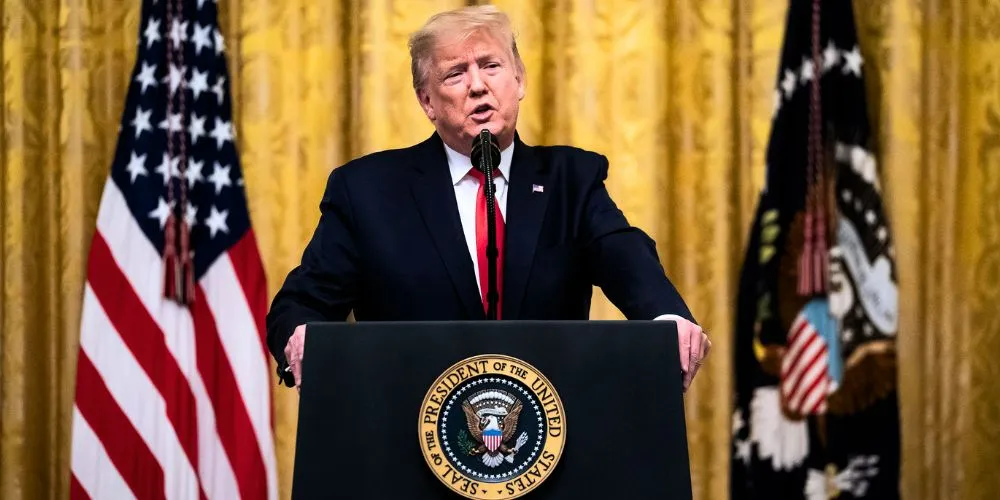The Trump administration is exploring a significant investment in American semiconductor giant Intel, potentially taking a 10% stake in the company, according to a White House official and other sources familiar with the matter. This unprecedented move comes as the administration intensifies its efforts to bolster domestic semiconductor production and secure critical technologies amidst geopolitical tensions. The proposed investment would involve converting a portion, or potentially all, of Intel’s grants received under the U.S. Chips and Science Act into equity. This strategic shift highlights a departure from traditional government support, opting for a more direct, ownership-based approach.
The news sent ripples through the market, with Intel’s shares experiencing a 3.8% decline following the report’s release. This market reaction reflects the uncertainty surrounding the potential government involvement and its implications for Intel’s future operations and strategic direction. The administration’s interest in Intel aligns with President Trump’s broader strategy of securing vital domestic industries through significant government partnerships. This approach has already been witnessed in similar deals with Nvidia and rare earth producer MP Materials, demonstrating a proactive stance on national security concerns related to critical minerals and semiconductor technology.
Intel’s CEO, Lip-Bu Tan, who assumed his role just over six months ago, faces the considerable challenge of revitalizing the company’s performance, particularly its loss-making foundry business. Federal backing, if materialized, could provide crucial financial breathing room for Intel to invest in research and development, upgrade manufacturing facilities, and compete more effectively with global rivals. However, the company still grapples with significant obstacles, including a perceived weakness in its product roadmap and difficulties in attracting sufficient customers for its newly established factories.
Ultimately, the success of this proposed partnership hinges on overcoming these internal challenges. While the government investment could offer a substantial lifeline, Intel must demonstrate a clear path to profitability and innovation to ensure the long-term viability of this potentially transformative relationship. The ongoing negotiations and the ultimate terms of the agreement will be closely watched by investors, industry experts, and policymakers alike.












